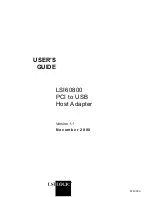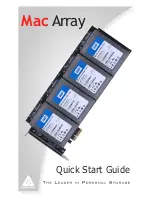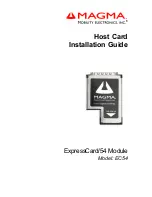
262 • ETHERNET
Network architecture
Modular I/O System
ETHERNET TCP/IP
types of applications to be called up world-wide. This makes site independent
monitoring, visualization, remote maintenance and control of processes possi-
ble.WAGO Kontakttechnik GmbH is a member of IAONA Europe, an organi-
zation with the purpose of establishing ETHERNET in automation technology.
5.1 Network
architecture
– Principles and Regulations
A simple ETHERNET network is designed on the basis of one PC with a net-
work card (NI), one connection cable, one ETHERNET fieldbus node and one
24 V DC power supply for the coupler voltage source.
Each fieldbus node consists of an ETHERNET TCP/IP fieldbus cou-
pler/controller, I/O modules and an end module. The individual bus modules
are connected to the ETHERNET TCP/IP fieldbus coupler/controller via an
internal bus when they are snapped onto the carrier rail.
It is possible to connect 64 I/O modules to an ETHERNET TCP/IP fieldbus
coupler/controller.
Sensors and actuators are connected to the digital or analog I/O modules on the
field side. These are used for process signal acquisition or signal output to the
process, respectively.
The fieldbus coupler/controller detects all connected I/O modules, creating a
local process image of them. This can consist of a mixed arrangement of ana-
log (data exchange of words) and digital (data exchange of bits) bus modules.
Fig. 5-1. Connection principle of a fieldbus node for a network architecture
Fieldbus communication between the master application and the fieldbus cou-
pler/controller takes place via the MODBUS/TCP protocol over ethernet.
MODBUS/TCP maps creates an image of the distributed MODBUS protocol
on ETHERNET TCP/IP. The process data can be read and written via
ETHERNET . There are numerous applications available which already use
this, such as HMI, SCADA, PLC, Soft PLC.
















































